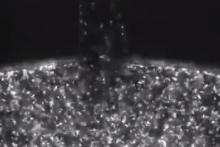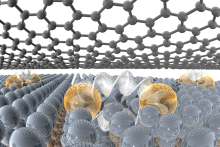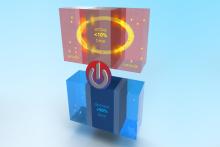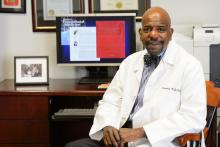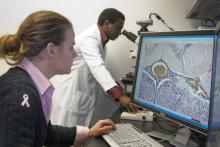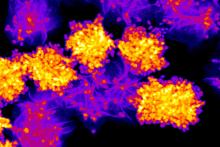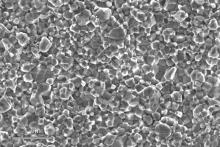New findings on how bacteria can maintain persistent and fast upstream swimming motion over distances comparable with many human organs, may help prevent life-threatening infections, according to a team of international researchers.
An atomically thin materials platform developed by Penn State researchers in conjunction with Lawrence Berkeley National Lab and Oak Ridge National Lab will open a wide range of new applications in biomolecular sensing, quantum phenomena, catalysis and nonlinear optics.
A lithium-ion battery that is safe, has high power and can last for 1 million miles has been developed by a team in Penn State’s Battery and Energy Storage Technology (BEST) Center.
The 2020 Nelson W. Taylor Lecture Series in Materials Science and Engineering will be held from 8:30 a.m. to 12:15 p.m. on Thursday, March 5 in the HUB-Robeson Center’s Freeman Auditorium on Penn State’s University Park campus.
An improved method to predict the temperature when plastics change from supple to brittle, which could potentially accelerate future development of flexible electronics, was developed by Penn State College of Engineering researchers.
The breadth of Penn State’s research expertise surpasses that of any university in the country, according to the latest National Science Foundation rankings of Higher Education Research and Development (HERD) research expenditures by key fields and subfields, released in November 2019.
Researchers at Penn State and Purdue University have developed new materials for improved single-atom catalysis and future electronics.
Lawrence F. Hancock, founder and CEO of Akita Innovations, will deliver the 2020 Richard E. Tressler Lecture in Materials will be held at 3:05 p.m. Thursday, Feb. 27, in 101 Chambers Building at University Park.
Penn State researchers have produced barium titanate at record low temperatures, and the discovery could lead to more energy efficient manufacturing.


